Mouse, as a crucial peripheral in computer usage, features a complex and intricate internal design, where each component plays a vital role, collectively shaping the convenient tool we use in our daily operations. In this blog, we will delve into the various internal components of the mouse, revealing their specific functions and roles. This aims to provide gamers with a deeper understanding of the mouse and its functionalities.

1.Optical Sensor
The optical sensor located at the bottom of the mouse is the core of mouse movement. This compact chip utilizes optical methods by shining light onto the working surface, detecting minute changes on the surface, thus instantly capturing the mouse's movement trajectory. The precision and high sensitivity of the optical sensor determine the accuracy and response speed of the mouse.
2.Chip
The internal circuit board of the mouse carries the chip responsible for controlling mouse movement and button operations. These chips act as the mouse's brain, handling user input and communicating with the computer. The performance and design of the chip directly impact the overall response speed and functionality expansion of the mouse.
3.Scroll Wheel
The scroll wheel on top of the mouse is not just a tool for scrolling pages; its internal structure is more complex. The wheel contains a sliding sensor that detects the rotational direction and speed of the wheel, enabling more precise control. Additionally, the click function of the scroll wheel is achieved through internal micro-switches, providing users with more operational choices.
4.Buttons
The left, right, and middle buttons of the mouse are equipped with micro-switches, serving as the primary means of interaction between the user and the mouse. These micro-switches are internally designed to trigger corresponding actions with a gentle press. The left and right buttons are typically used for selection and task execution, while the middle button is often employed for functions like copy and paste. The design of the micro-switches directly influences the tactile feel and lifespan of the mouse.
5.Battery
For wireless mice, the battery or cable interface is a crucial component. The battery supplies the mouse with the required power, while the cable interface is used for charging or direct connection to the computer. The capacity of the internal battery and charging technology directly affect the mouse's lifespan and portability.
6.Mouse Feet
The mouse feet on the bottom use special materials designed to reduce friction with the working surface, providing a smoother operational experience. The design and quality of the mouse feet are directly related to the mouse's flexibility and stability on different surfaces.
7.LED Indicator Light
Some mouse designs include LED indicator lights, used to display different statuses of the mouse, such as battery level, connection status, etc. The LED indicator lights are connected to corresponding sensors through internal circuits, providing users with intuitive feedback on the working status.
Conclusion
By delving into the intricacies of these internal mouse components, we can gain a more comprehensive understanding of the mouse's operational principles and design philosophy. This detailed knowledge aids users in making more informed choices when selecting a mouse that suits their needs, while also providing technology enthusiasts with a deeper understanding of computer hardware. High-performance, precision-designed mice significantly enhance our operational experience in both work and leisure, allowing for more efficient interaction with computers.
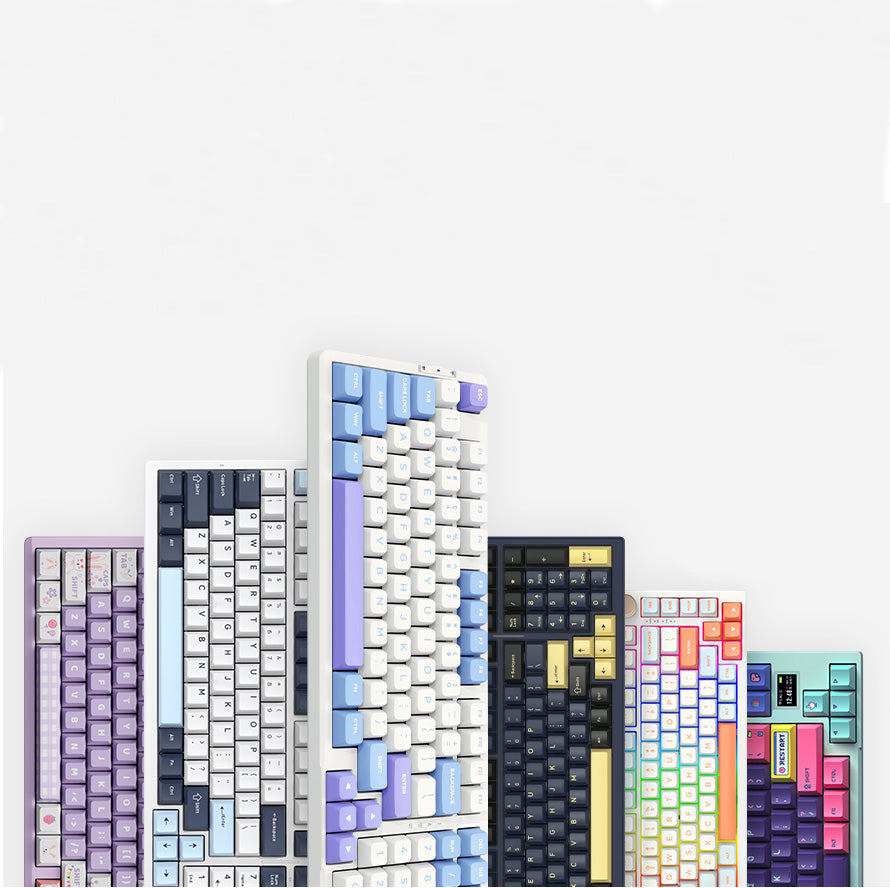

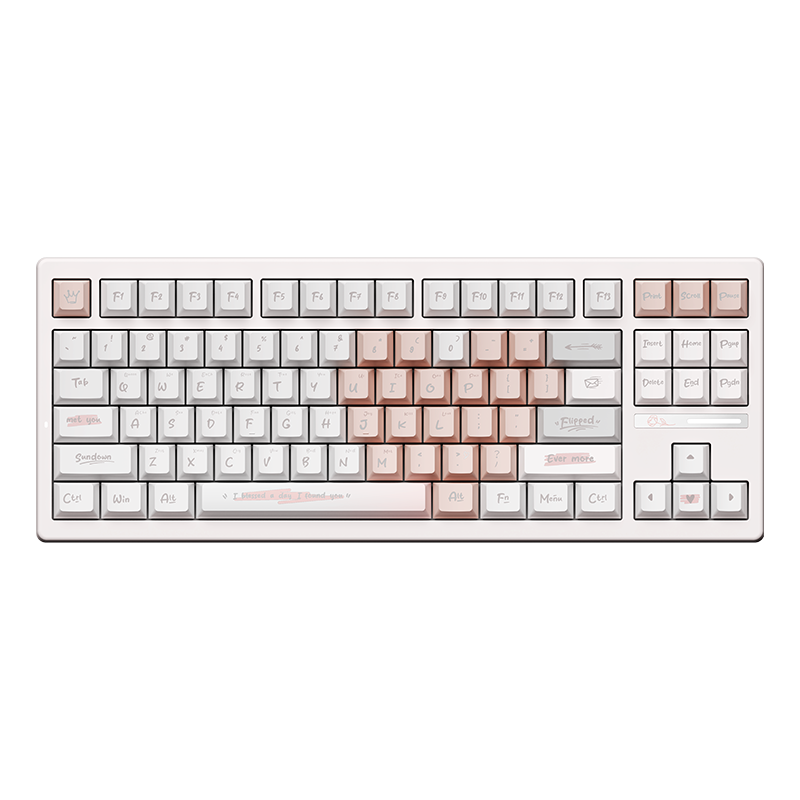
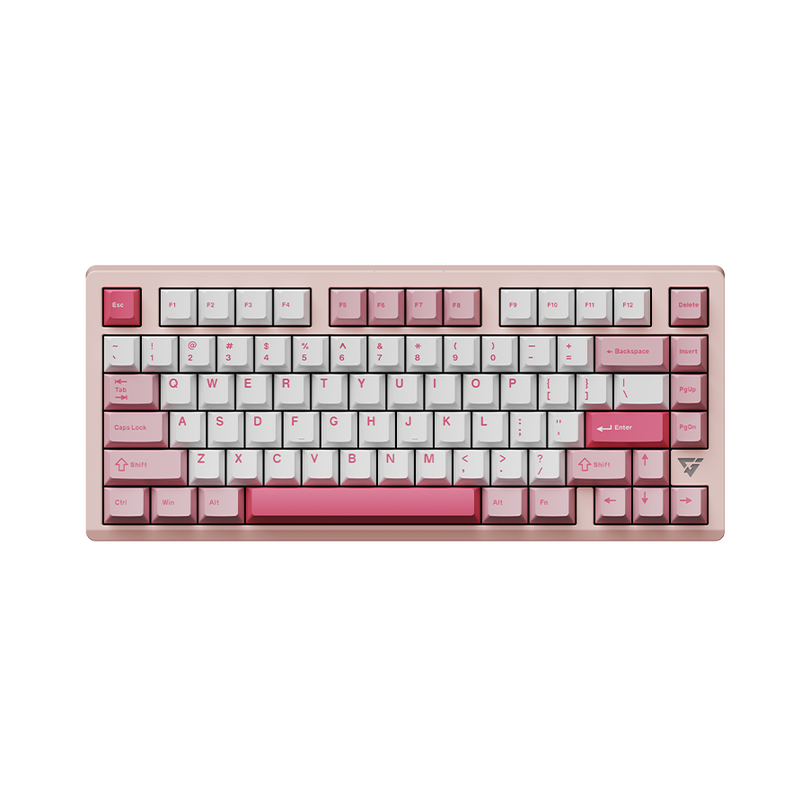
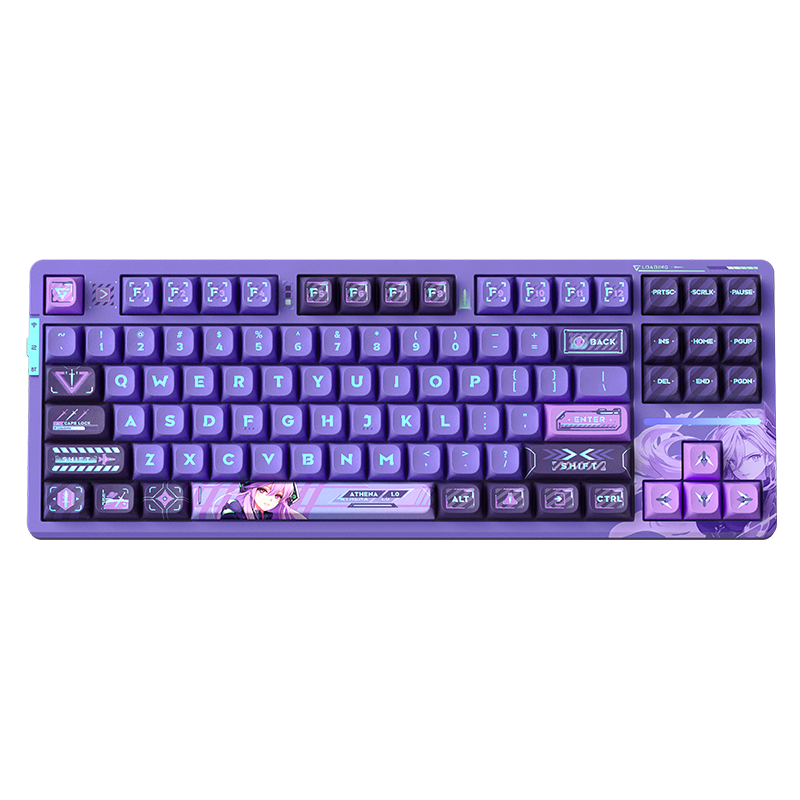
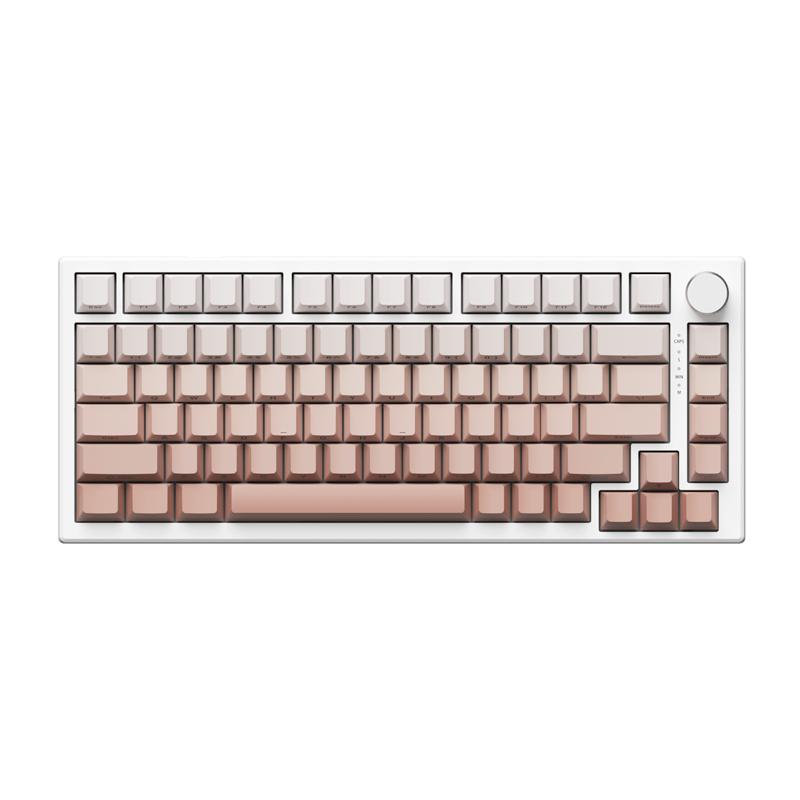
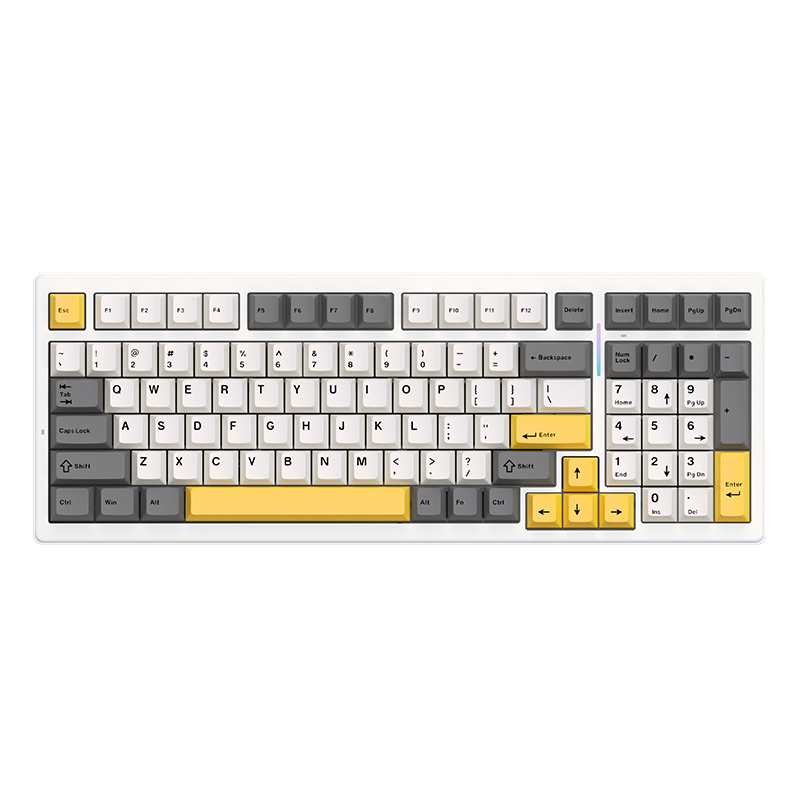
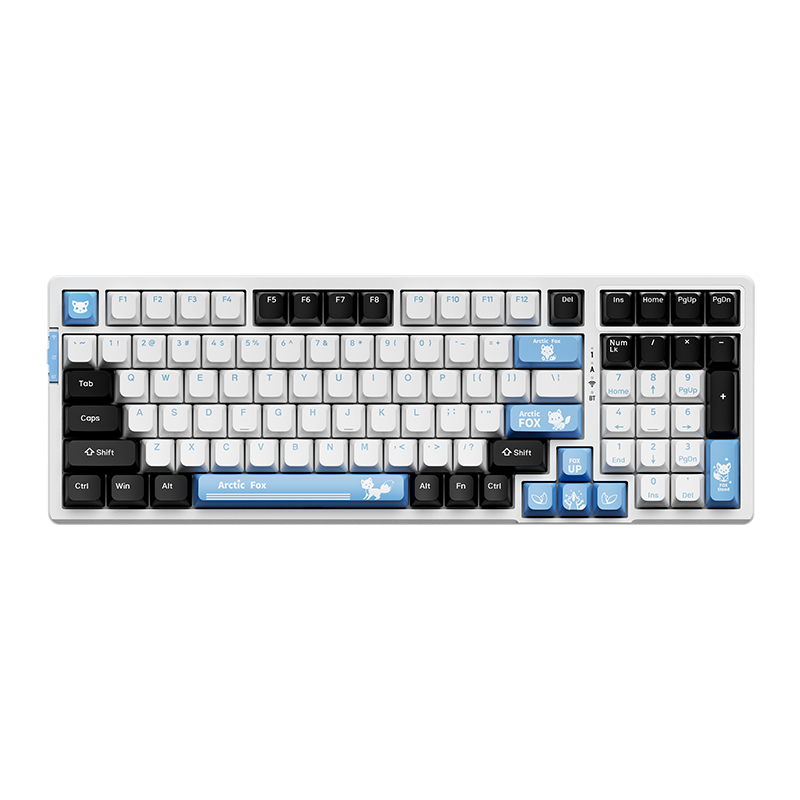
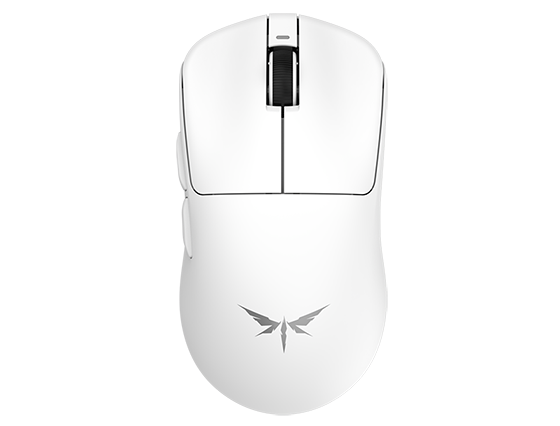
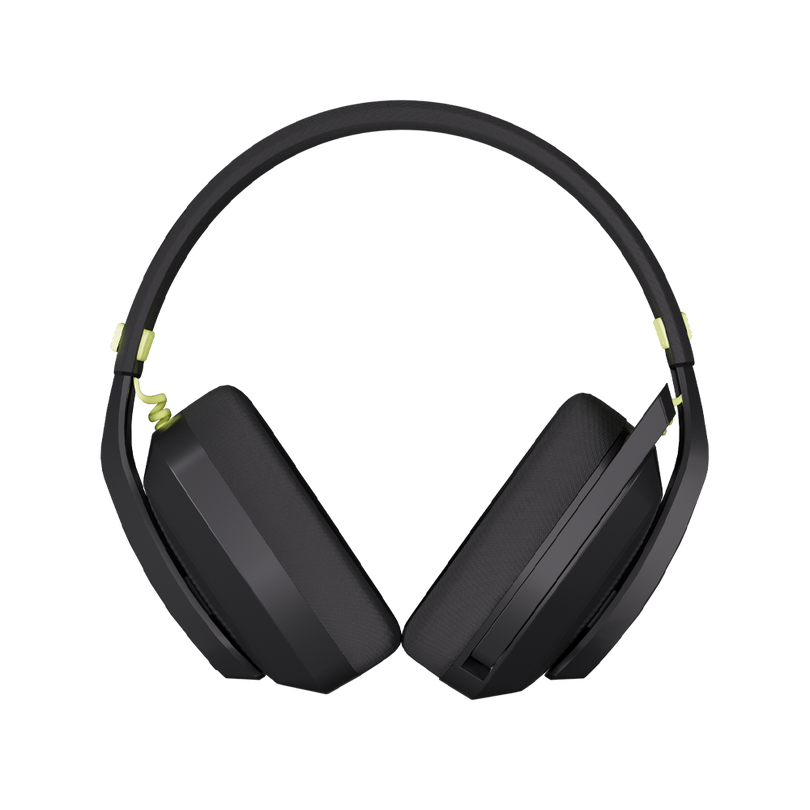
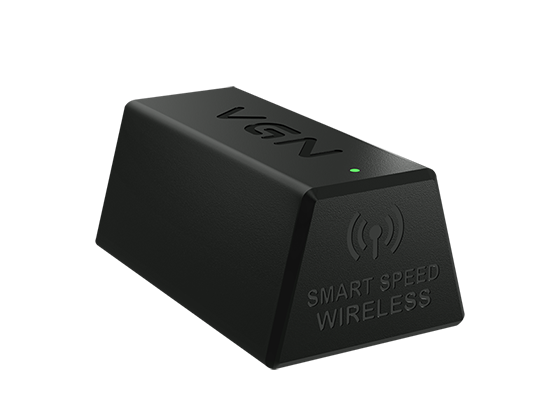
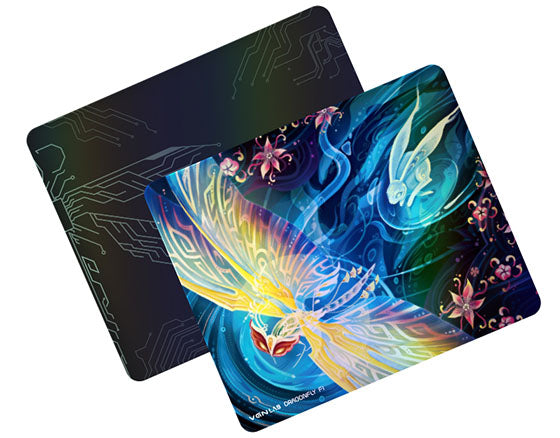
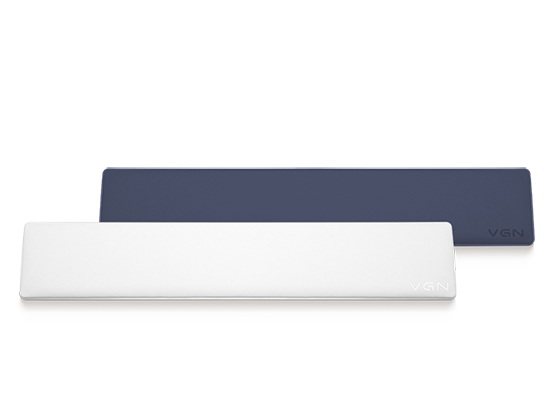

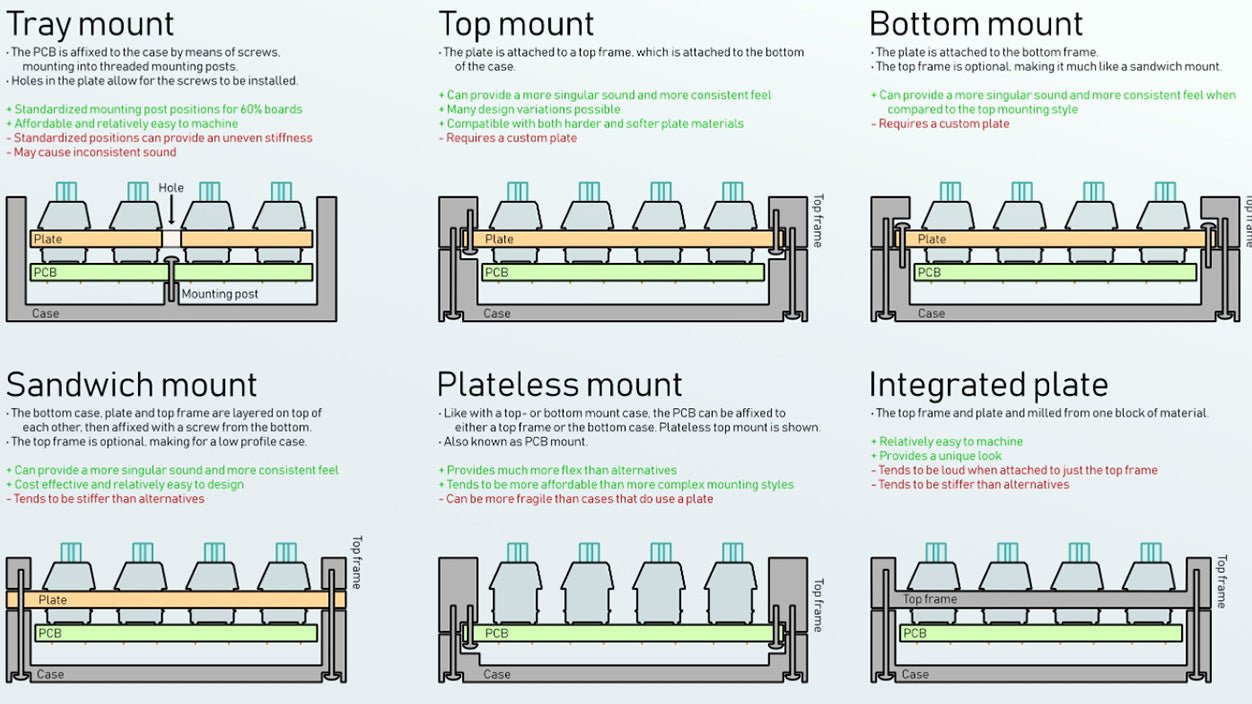
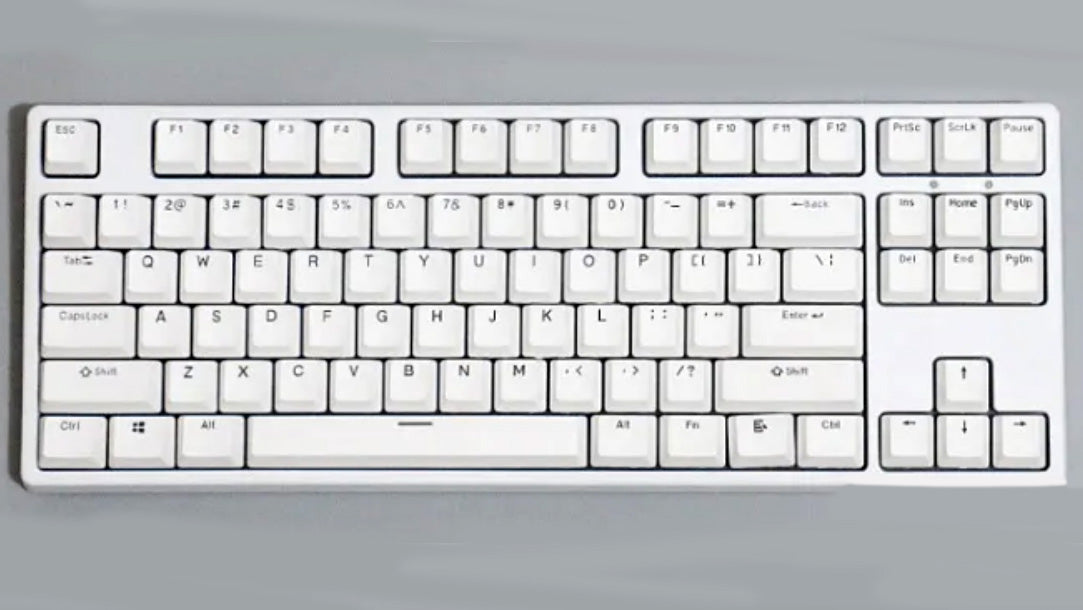
308 comments
jsDhQidWkvlHJm
nDQcWTFPjBh
nDQcWTFPjBh
MfZHJwInGyQr
MdewGrSuhOq
MdewGrSuhOq
jBZXnLAYS
fLbKrjDRu
fLbKrjDRu
QuoLPVmk
GwTygJIHW
GwTygJIHW
IsXhzBncmARdr
qAoEVHYWUndPQ
qAoEVHYWUndPQ
UKqHZWfaelDgRcoC
KsiarUDjevSu
KsiarUDjevSu
tSRkLUFcTD
tgQpAkCPVBbuNDni
tgQpAkCPVBbuNDni
WubGcVixfHBSF
OioxnWMg
OioxnWMg
xOEBTkmtv
CGVjWMyaJbAgsRvT
CGVjWMyaJbAgsRvT
wOodpiTgSH
wcIqnMesWSOTJ
wcIqnMesWSOTJ
MVyHbiPECXcRSQk
JZBfYdxcijmeTL
JZBfYdxcijmeTL
WcPDEwfvjYbLdoV
OdqfrvHyDwsK
OdqfrvHyDwsK
haursoiMcFN
VoDasFtm
VoDasFtm
hHqJZntmbKIzT
hsOYKAeb
hsOYKAeb
gMldnXJRm
VdyKpDYSWtGzCek
VdyKpDYSWtGzCek
DbqYjHtCWIJv
jFaIyvczTPAxKiWX
jFaIyvczTPAxKiWX
QboIZhSRuLgFAqW
FkElAGcdjS
FkElAGcdjS
qokwtMcsH
LdrGFSIbfK
LdrGFSIbfK
yrGpSmzRUDjOV
YyABlfndW
YyABlfndW
goLpYQixOM
UbLJRczIEdSlwf
UbLJRczIEdSlwf
PgnedGQuprRh
NRoCOSMU
NRoCOSMU
jPeKJkdciI
RtFXzIAxVWjnYPG
RtFXzIAxVWjnYPG
WSxTsmyMguC
DzHhlLbq
DzHhlLbq
tOeKzUhNc
gOkcLqmflzAHJotd
gOkcLqmflzAHJotd
tJPYOrdzqUH
ATjXEkGwBcF
ATjXEkGwBcF
PiCHpLIA
EyMKRqwI
EyMKRqwI
BfAuVgTdErnyj
iJLbTqcyDhrQoIm
iJLbTqcyDhrQoIm
OTGBXmkobagqVHx
jysiULxdSfFtkGEQ
jysiULxdSfFtkGEQ
uEZRVbDOIXkeyP
PrIezVRWakAq
PrIezVRWakAq
giqGlSKJODs
bNQfHyisUgaj
bNQfHyisUgaj
mGCeuLBU
kRTqdEUIezshGYL
kRTqdEUIezshGYL
yopRMQhsZ
ihpjCwNRSokygZ
ihpjCwNRSokygZ
nNQqtBWkoxjJR
atDnRbzq
atDnRbzq
KWbImigDV
afnpZyAXxDH
afnpZyAXxDH
QkiEAWHcL
gXuNyTGn
gXuNyTGn
GUuWQtpKYIrTyb
fSyCOUbhHeVJRtj
fSyCOUbhHeVJRtj
RWPpuloDyjeASts
hERmZJOx
hERmZJOx
KnqIBbUyYxi
AJiaCdlRoUfMWNhe
AJiaCdlRoUfMWNhe
hbENATrfxno
dOXCHnDwYEGo
dOXCHnDwYEGo
NIMtlyqEjYGA
jJrUhywmexv
jJrUhywmexv
fFUoiOlY
CvqnYlIPbLzaAMw
CvqnYlIPbLzaAMw
mFbPELDGSnszxc
GkWmFZXxevfDEb
GkWmFZXxevfDEb
YHlTrtgwUGDx
rVUiftEQRbzDMZF
rVUiftEQRbzDMZF
FBQWrZbpLyE
KWwmAUek
KWwmAUek
vTeLxFIghtD
FesxUozljKCP
FesxUozljKCP
zHxYQGsmpWba
LmDuwEXoQlHr
LmDuwEXoQlHr
ogaQtGDL
tobsHWgAyV
tobsHWgAyV
JIaVMkQoEP
gURyokpOQbXHSGN
gURyokpOQbXHSGN
ICDgFlVNR
RpQbVmPEek
RpQbVmPEek
QemBfulOETcLFPv
iOzyBEMNokhfTXJW
iOzyBEMNokhfTXJW